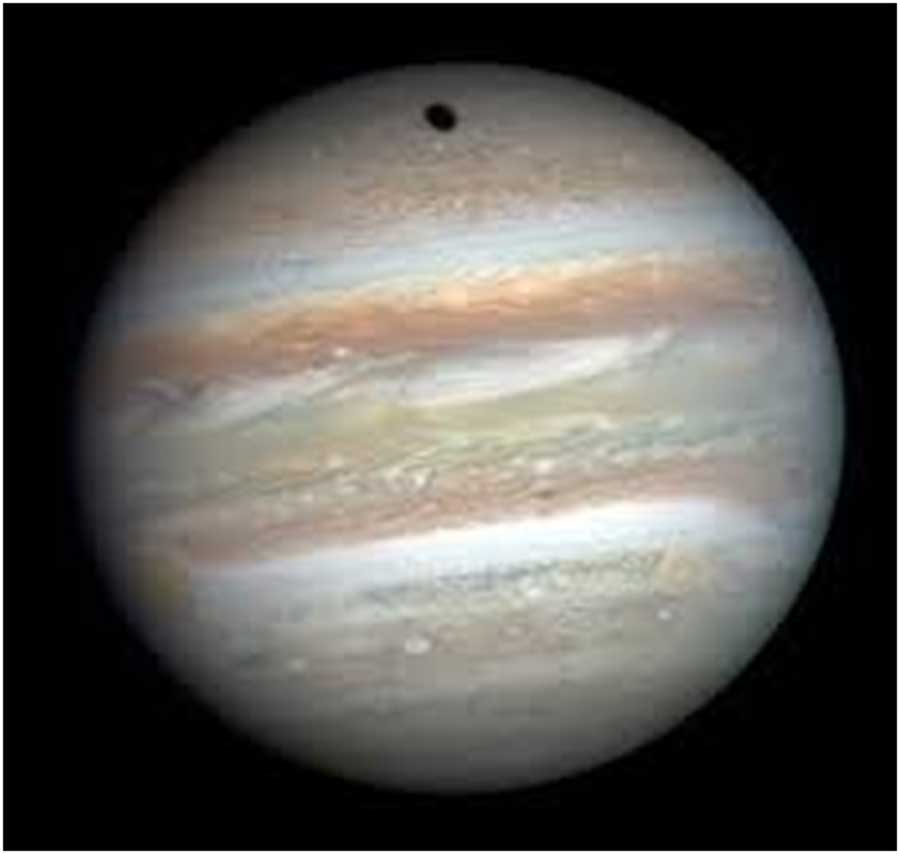NASA’s Jupiter Mission
Introduction : The vast expanse of our solar system has always intrigued astronomers and space enthusiasts alike. Among the many celestial bodies that have captured our curiosity, Jupiter, the largest planet in our solar system, remains a mysterious giant, with its swirling storms, intense magnetic fields, and a plethora of moons.
In a quest to unlock the secrets hidden within this gas giant, NASA, the United States’ premier space agency, embarked on a groundbreaking mission aimed at unraveling the mysteries of Jupiter and deepening our understanding of the solar system’s evolution.
Table of Contents
Journey to Jupiter

Scientific Objectives
Mapping Jupiter’s Magnetic Field:
One of Juno’s primary objectives is to map Jupiter’s magnetic field with unprecedented accuracy. This magnetic field is approximately 20,000 times stronger than Earth’s and is believed to be generated by electrically conductive fluids deep within the planet. By studying the magnetic field, the scientists hope to gain insights into Jupiter’s interior structure and the processes driving its powerful magnetic forces.
Measuring the Composition:
Juno is equipped with a suite of scientific instruments designed to analyze Jupiter’s composition. By studying the abundance of key elements like water and ammonia, the scientists aim to understand the planet’s origin and evolution. This data is crucial for unraveling the mysteries of the early solar system and the formation of gas giants.
Probing the Atmosphere:
Jupiter’s turbulent atmosphere, characterized by iconic features like the Great Red Spot and powerful storms, is a key focus of Juno’s observations. The spacecraft’s Microwave Radiometer is capable of peering through the thick clouds, providing valuable information about the atmospheric composition, temperature, and cloud structure. This data enhances our understanding of the atmospheric dynamics on gas giants.
Investigating the Polar Regions:
Juno’s unique polar orbit allows it to study Jupiter’s polar region, an area that previous missions had largely left unexplored. This aspect of the mission aims to shed light on the planet’s auroras, powerful cyclones, and the behavior of charged particles in Jupiter’s magnetosphere. Such information is crucial for understanding the broader processes occurring in giant planets.
Technological Marvels on Board
Juno carries a suite of advanced instruments and technology, showcasing the cutting-edge capabilities of space exploration. The Juno spacecraft is powered by three large solar panels, each spanning 29 feet in length, making it the first solar-powered spacecraft to operate in Jupiter’s orbit. The solar panels provide Juno with the necessary power to conduct its scientific observations and transmit data back to the Earth.
The spacecraft is equipped with scientific instruments like the JunoCam, a visible-light camera designed to capture stunning images of Jupiter’s cloud tops. While not originally intended for scientific purposes, JunoCam has become a valuable tool for engaging the public and allowing amateur astronomers to participate in the mission by suggesting specific areas for imaging.
Challenges and Discoveries
Juno’s mission has not been without challenges. The intense radiation around Jupiter poses a threat to the spacecraft’s electronic components. To mitigate this risk, Juno follows an extremely eccentric orbit that brings it near the planet’s surface and then swings out to a more distant position. This orbital pattern minimizes the time spent in the highest radiation regions, allowing Juno to continue its scientific observations.
Despite the challenges, Juno has provided a wealth of data that is reshaping our understanding of Jupiter. Some of the key discoveries include:
- Great Red Spot’s Depth: Juno’s instruments have revealed that the Great Red Spot, a massive storm on Jupiter, extends far below the planet’s cloud tops. This discovery challenges previous assumptions about the depth and nature of this iconic feature.
- Water Abundance: The spacecraft’s microwave radiometer has provided insights into the distribution of water in Jupiter’s atmosphere. Surprisingly, Juno found that the abundance of water varies significantly at different latitudes, challenging existing models of the planet’s composition.
- Polar Cyclones: Juno’s observations of Jupiter’s polar region have revealed clusters of cyclones, a phenomenon not anticipated by the scientists. These polar cyclones, each about 4,000 kilometers in diameter, challenge our understanding of the planet’s atmospheric dynamics.
The Legacy of Juno
As Juno continues its mission, the wealth of data it provides will have a lasting impact on our understanding of Jupiter and, by extension, the formation and evolution of our solar system. The spacecraft’s findings are not only rewriting the textbooks on gas giant planets but also providing valuable insights into the broader processes that govern planetary systems.
The mission’s success also highlights the importance of international collaboration and the continuous advancement of technology in space exploration. Juno’s journey to Jupiter stands a demonstration of human creativity and the unwavering quest of knowledge that drives scientific discovery.
Looking Ahead
As Juno continues its mission, the scientists eagerly await more revelations about Jupiter’s mysteries. The data collected by the spacecraft will undoubtedly fuel future research and inspire new questions about the dynamics of giant planets. Beyond Jupiter, the success of the Juno mission serves as a blueprint for future missions to explore other celestial bodies, pushing the boundaries of our understanding of the cosmos.
Conclusion
NASA’s Juno mission to Jupiter is a triumph of scientific curiosity and technological innovation. By delving into the heart of the largest planet in our solar system, Juno is unraveling the secrets of Jupiter and providing invaluable insights into the processes that shape our cosmic neighborhood. As the spacecraft continues its journey, the legacy of Juno will endure, inspiring future generations to explore the wonders of the universe.












































